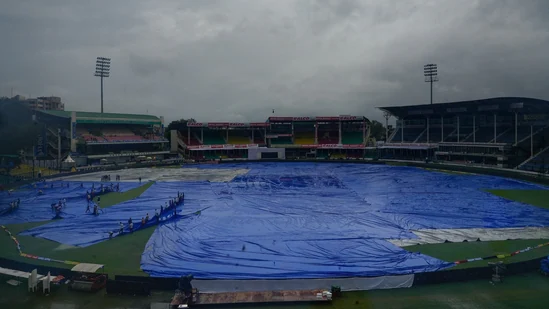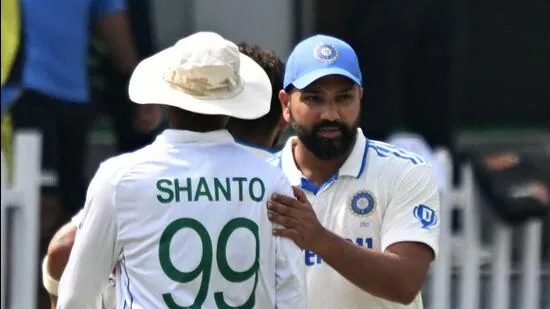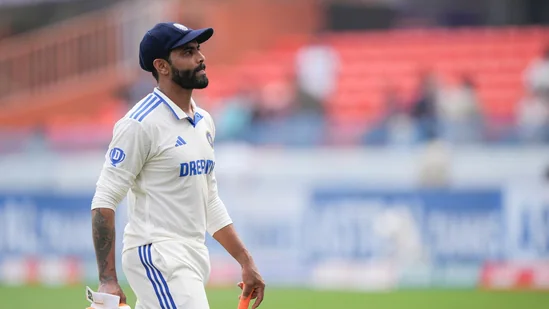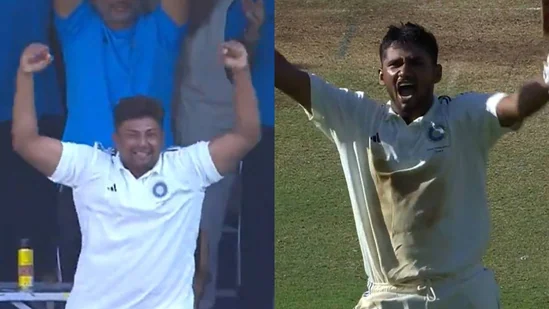India's Catch-22: Unlikely to See Rank Turner at Wankhede Test
India's Test series defeat to New Zealand in Mumbai is a tough pill to swallow, ending their impressive streak of 18 unbeaten series over 12 years. However, there is no time for sulking as the final match at Wankhede Stadium presents a crucial opportunity to earn 12 valuable World Test Championship points. Playing for pride is now a thing of the past, with both teams aiming to come out on top in this high-stakes encounter.
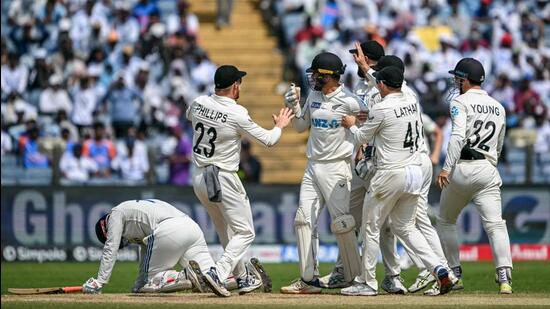
Even before India’s fate was sealed in Pune, BCCI pitch doctors were off to Mumbai to oversee preparations of the pitch. A three-day finish in Pune meant two additional days to work on the Wankhede pitch with BCCI chief curator Ashish Bhowmick and senior curator Taposh Chatterjee linking up with MCA curator Ramesh Mamoonkar.
It’s catch-22 for the hosts who are chasing full points to boost their WTC final qualification hopes – only 4 points are awarded for a draw – but their batting line-up has been ill-at-ease against spin on a turning track. Watering and rolling have been underway to ensure the pitch is ‘well-binded’ and facilitates first innings runs. Those are early instructions from the Indian team management, it is learnt.
It’s a safety-first approach from India following the humbling defeat in Pune where the dry playing surface was fully exploited by Mitchell Santner. Indian batters had no answer to the dilemma caused by the Kiwi left-arm spinner – with deliveries that turned or went straight.
“The Mumbai pitch won’t be without moisture like Pune. This is to make sure the rolling settles the pitch down,” a BCCI insider said. “They can afford to do that as they know the Mumbai pitch will still do things in the second innings.”
The Wankhede pitch is a 70-30 composition of red and yellow murram soil. Typically, the heavy red soil content in the pitch facilitates good bounce, for the spinners and the fast bowlers. Besides, the evening breeze aids pacers, and anecdotal accounts point out that the high tide in the Arabian Sea late in the afternoon assists swing. If pitch preparations go to plan, the first day or two may be the best time to bat.
It may not a bad idea for Indian cricket to make this the new normal. Although there is enough time to ponder, with the next home series slated for October 2025. There are other reasons not to go for underprepared pitches merely to bring the spinners into play very early. It was attempted in Bengaluru – the plan was foiled by weather – and Pune, where it backfired.
For spinners to maximize home advantage, the plan needs to be supplemented by batting superiority. India’s current batting lineup does not look in command against spin.
Besides, Ravichandran Ashwin and Ravindra Jadeja both had a quiet game in Pune, raising concerns whether their ageing fingers can still give the ball the same rip, and for how long.
India have retreated in the past, after attempting to prepare turning wickets. They did that in the final Test in Ahmedabad against Australia in 2023 after the Indore debacle, and mid-way through the England series six months back. Asking curators to keep the pitch dry, selective watering, cross rolling in spinners’ landing spots are all familiar tricks. Pakistan even used industrial fans and heaters before the Multan second Test and in Rawalpindi to prepare dry pitches, and were successful in coming back to beat England 2-1 in the series.
History though suggests none of these moves are foolproof.
Indian batters are now searching for confidence after three batting collapses – 46 all out, 62/7 and 156 all out - in the series. With the Australia Test tour up next, they can ill-afford to disintegrate again.
Batters though will take heart from recent Tests played at the Wankhede. Hundreds have been scored in each of the last six Tests here – Mayank Agarwal (2021), Keaton Jennings, Murali Vijay and Virat Kohli (2016), Cheteshwar Pujara and Rohit Sharma (2013), Pujara, Alastair Cook and Kevin Pietersen (2012), Darren Bravo and R Ashwin (2011) and Andrew Strauss (2006). Batting in the first innings has been good with 400-plus scores achieved five times in these Tests.
Even when Kiwi left-arm spinner Ajaz Patel took all 10 wickets in the India first innings in 2021, it came after toiling for 47.5 overs. The 2011 India-West Indies Test was a humdinger. Ashwin, despite a century and nine wickets, could not take the team over the line – he was out the last ball and it was drawn with scores tied and India nine wickets down.
“I would love to see wickets turning on the first evening so we don’t have to wait five days for the excitement,” then skipper MS Dhoni had said.
It’s unlikely that skipper Rohit Sharma will sing the same tune on his home ground. A Test that lasts the distance may force India into a prolonged battle, but it involves lesser risk and may be a sensible approach to regain confidence ahead of the Border-Gavaskar Trophy.
Stay informed with the...RELATED STORIES
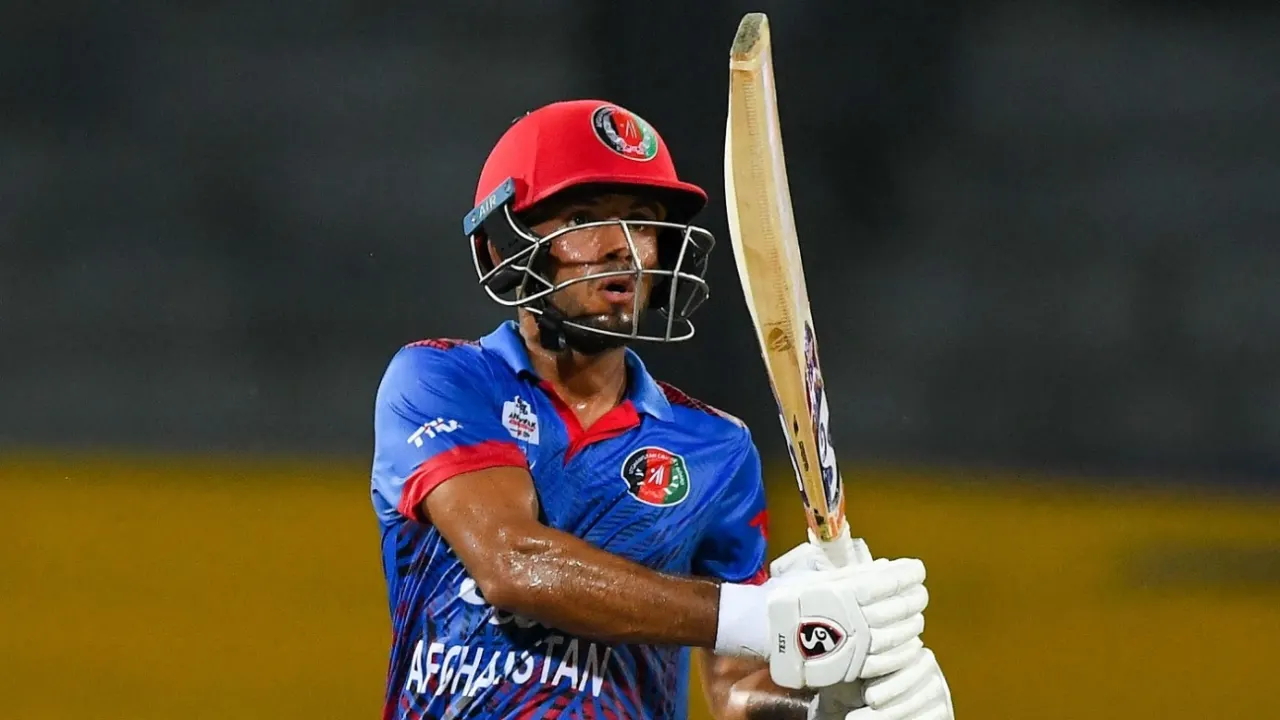
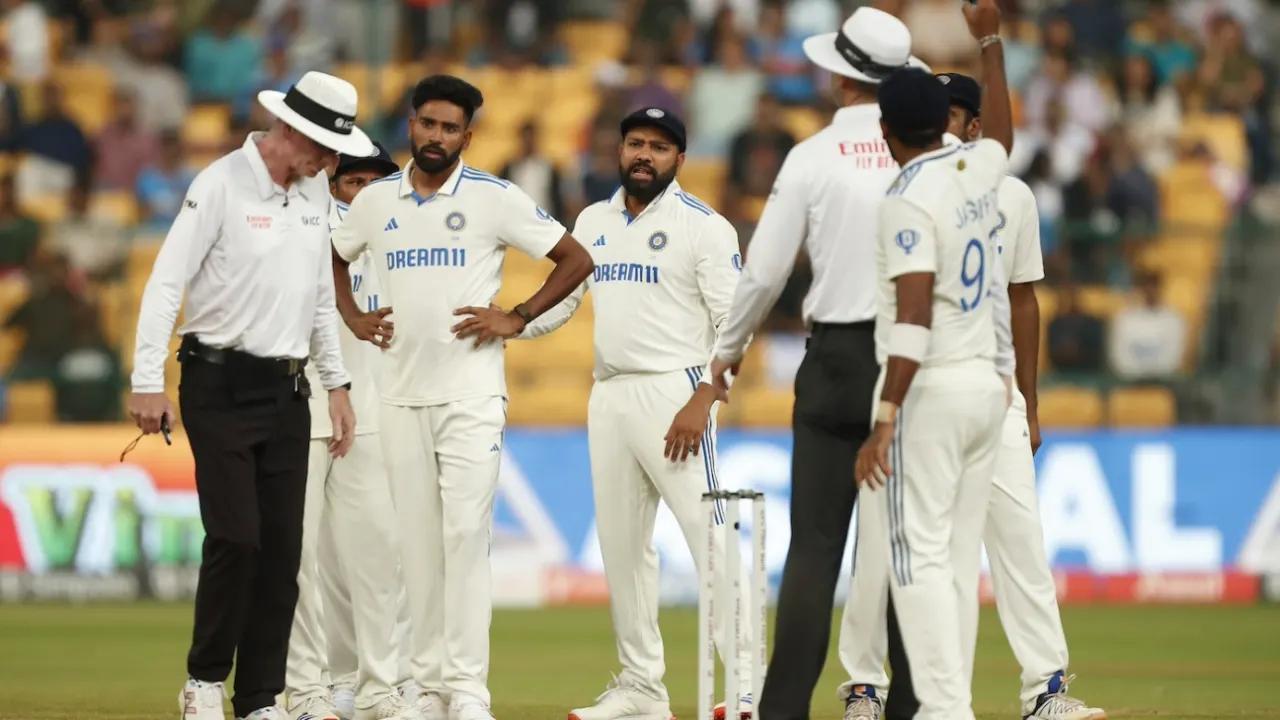


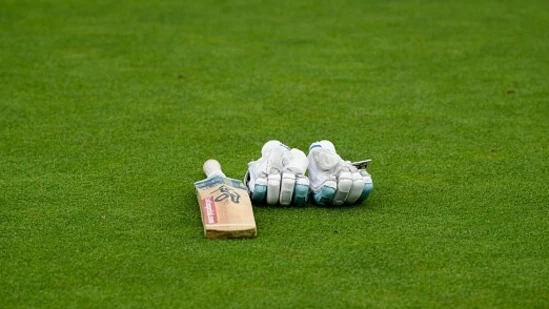
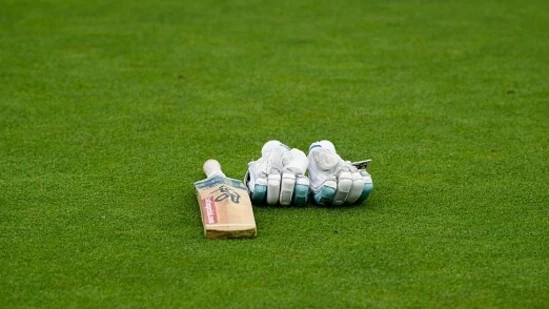
LATEST NEWS



